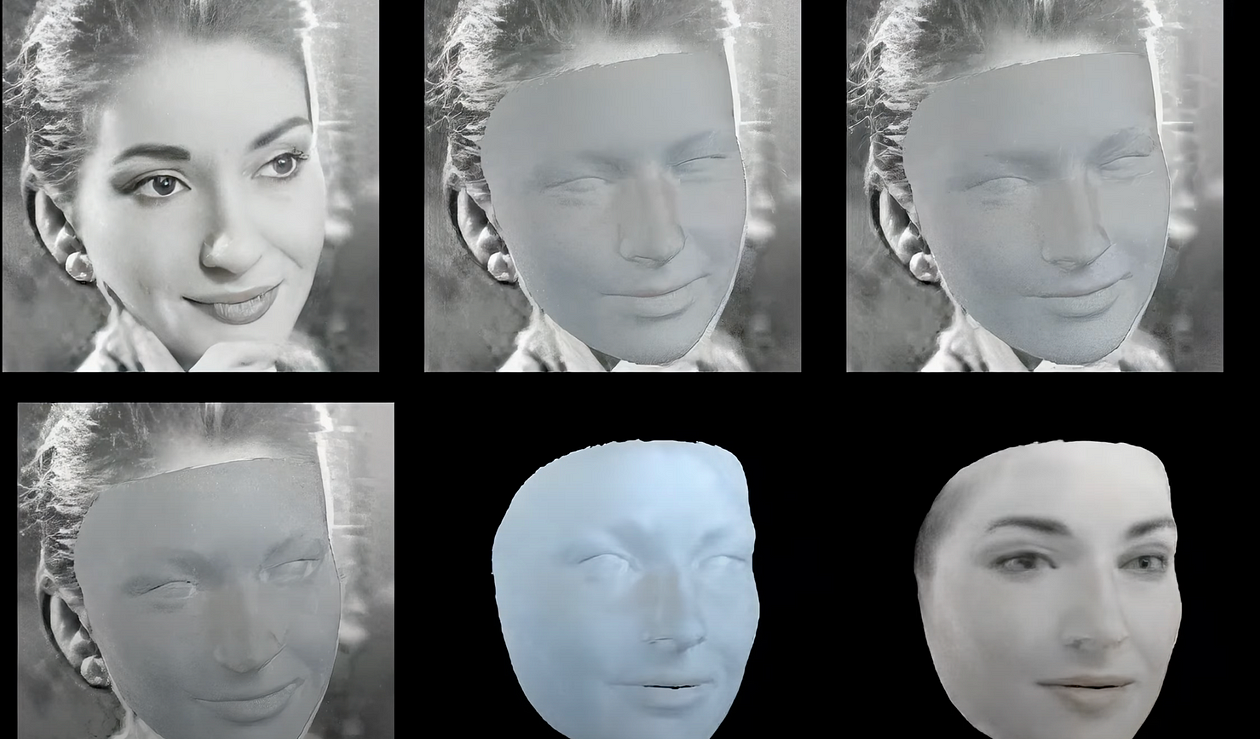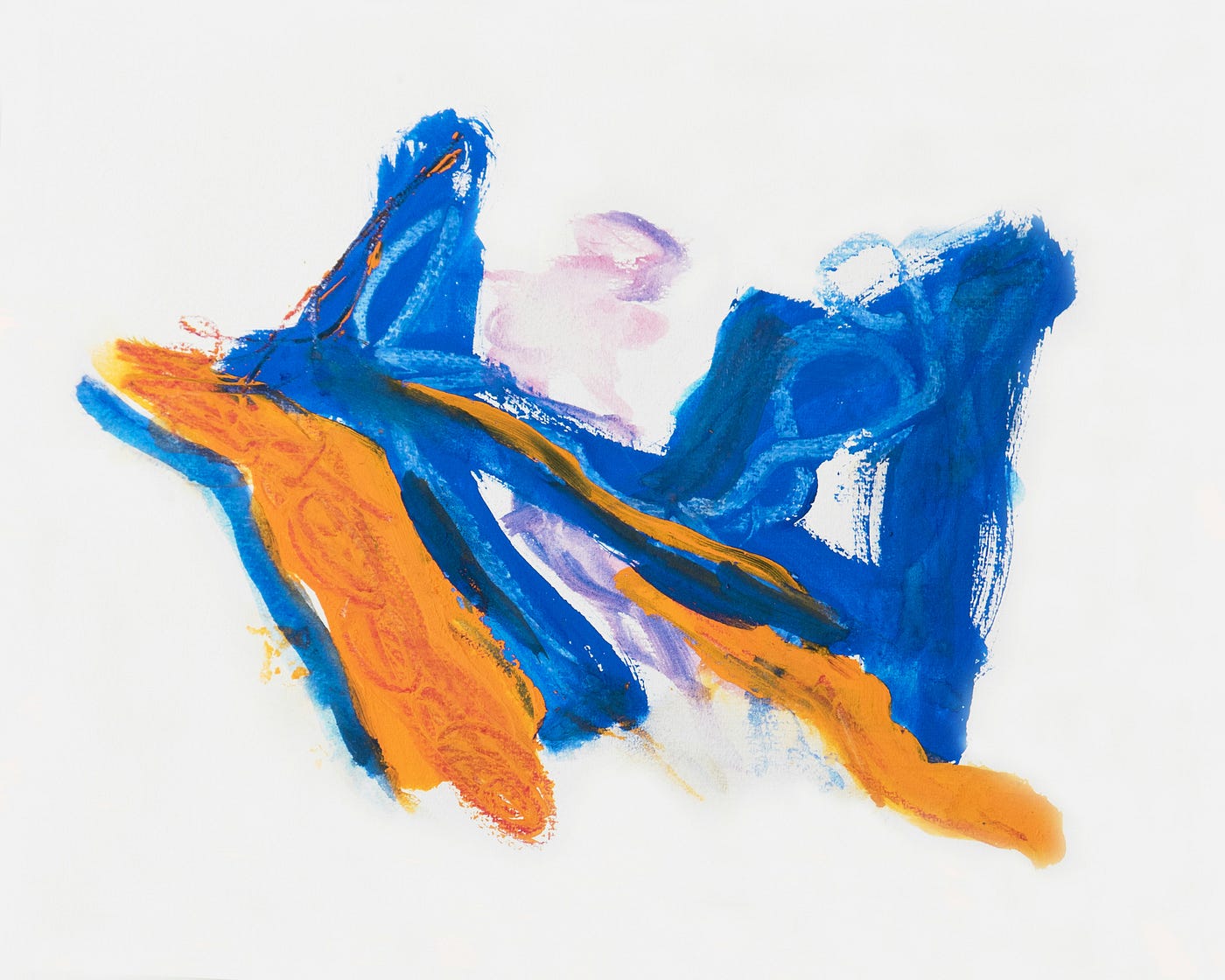The idea of essence from photography to artificial intelligence

Since its invention, photography has been associated with death, influencing how people remember and mourn the dead. We can now recreate our deceased with the aid of artificial intelligence (AI), bringing them ‘back to life.’ Along with its numerous uses in various fields, generative AI can recreate a person’s digital likeness and speech. For the first time, our deceased can communicate with us via a chatbot (grief bot) or animated avatar.
Historically, portrait photography has been a medium for capturing a person’s external likeness. Essence is a term that was borrowed from portrait painting. Essence adds an extra layer of meaning to the image, something internal. In the case of photography, the photographer aims to capture something intangible that reveals their unique personality and identity. The notion of essence then provides a philosophical framework for examining whether photorealistic generative artificial intelligence personas can possess human essence and offer something that captures the essence of the subject’s experience, emotions, and moral agency in the context of AI personas.
Over the last few years, death tech platforms have claimed that artificial intelligence technology can recreate the essence of a person. Essence is a term used by portrait painters and portrait photographers from the 19th century to this day. The portrait photographer aims to capture something that represents who the sitter is. A professional portrait is a performance, and capturing an individual’s aura is a setup, a mask. Essence is, therefore, better suited to describe our loved ones, and capturing this in photography is a ritual that has been practiced consistently and repeatedly. However, can AI create the essence of a person better or worse than a still photograph in the context of the reproduction of the deceased and the technology’s effect on the bereaved? Commercial death tech companies play to our strong desire to maintain our continuing bonds, to soothe grief, and to remember the dearly departed. In this respect, AI death tech companies are no different from the commercial endeavors of 19th-century portrait photographers selling post-mortem or spirit portraits of the dead to anyone who would pay for them.
Moreover, the AI industry growth exceeded $40 billion in the US in 2022 and is estimated to reach $1.3 trillion over the next decade. These companies promise to utilize deep learning and large language models to recreate the likeness, speech, and personality of the dead. Their added caveat is that the generative AI will also create new content using machine learning algorithms and trained data to simulate videos, animated photographs, speech, and text of deceased persons. Many of these commercial enterprises use the term “essence,” insisting that technology can recreate the core nature of the deceased. It promises to do so while offering the further step to create communication between the living and the dead. A new identity is created for the dead in the digital afterlife. Perhaps a new essence or mode of being.
Ginger Liu is the founder of Ginger Media & Entertainment, a Ph.D. Researcher in artificial intelligence and visual arts media — specifically death tech, digital afterlife, AI death and grief practices, AI photography, entertainment, security, and policy, and an author, writer, artist photographer, and filmmaker. Listen to the Podcast — The Digital Afterlife of Grief.
Ginger Liu is a writer who covers the latest developments in artificial intelligence, entertainment, and art.







